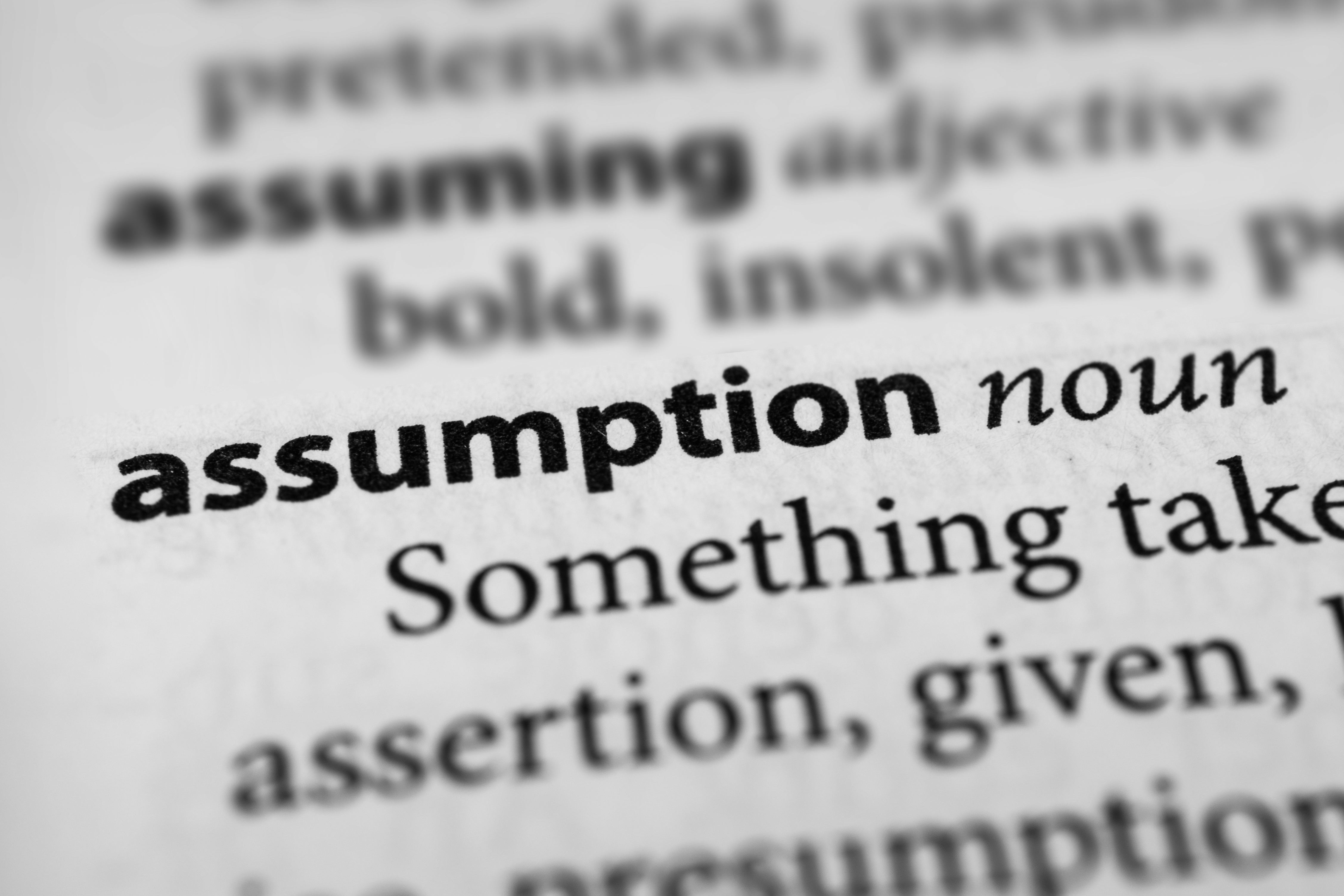After Governor Newsom’s failing energy policies created the conditions for a series of wild price spikes at the fuel pump last year, Californians are now dealing with the same phenomenon on their household gas bills.
The Los Angeles Times reports on the “sticker shock”:
“Household budgets in the Golden State are being pummeled by monster gas bills … Southern California Gas Co. said the average bill in January was about $300, more than twice the average of January 2022 — and homeowners with pools or many rooms to heat have reported being charged north of $2,000.”
California’s energy price volatility – either at the fuel pump or on the gas bill – has real world consequences. As one consumer advocate said of the current crisis:
“It’s a very real question for customers: Should they heat or should they eat?”
But the volatility in California’s energy markets also points to a larger issue: policies that are out of touch with the state’s energy realities.
For instance, at a time when two-thirds of California households still use gas for heat – only Texas uses more natural gas than the Golden State – California has allowed its natural gas capacities to decline.
In-state production of natural gas is half of what it was just 10 years ago, and experts agree that a heavy dependence on imports paired with a lack of storage and reliable pipeline infrastructure has created a very tight market, increasing costs and raising the potential for volatile price spikes.
Those volatility and cost drivers may sound familiar: they are largely the same factors that force California’s consumers and businesses to pay a massive markup over the national average for a gallon of fuel at the pump.
While Sacramento politicians may try to point fingers and shift blame for high energy costs, the reality is that fuel and natural gas prices are set by markets that respond to the basic economics of supply and demand.
Everyone agrees that California should continue pushing toward a cleaner energy future, but Sacramento must recognize and provide the energy capacity required by current demands. Shunning traditional fuels that the economy still needs creates chaos in energy markets – and real costs for households and businesses.
“The state has set aspirational goals for the energy transition, but it’s not very well planned.”
If the Golden State’s energy policies continue to ignore basic market forces – restricting oil and natural gas capacities despite continued high demand – then Californians should expect more of the same: higher costs and price volatility.


